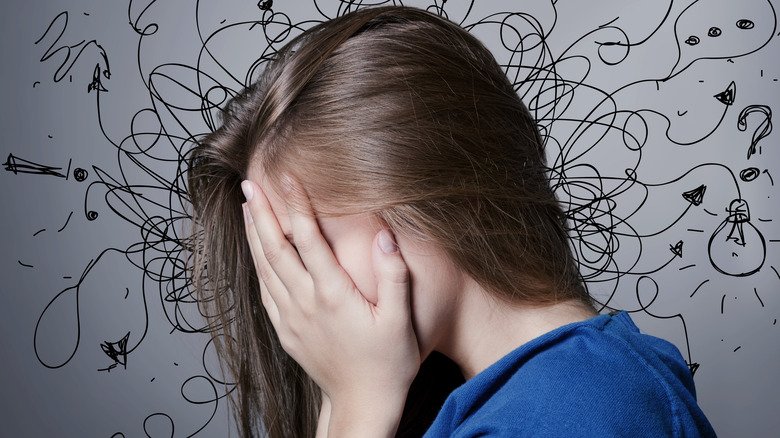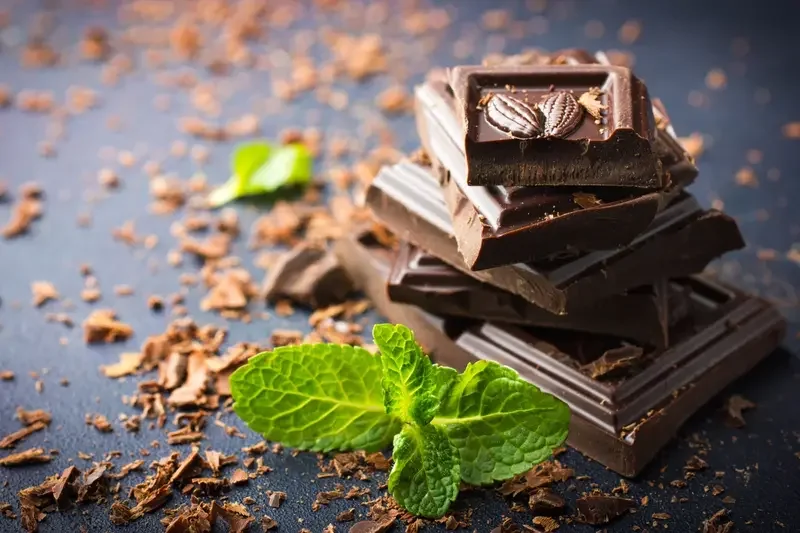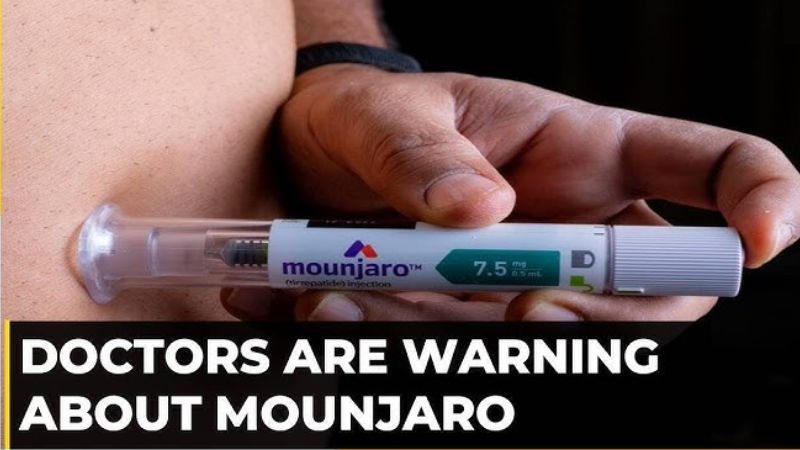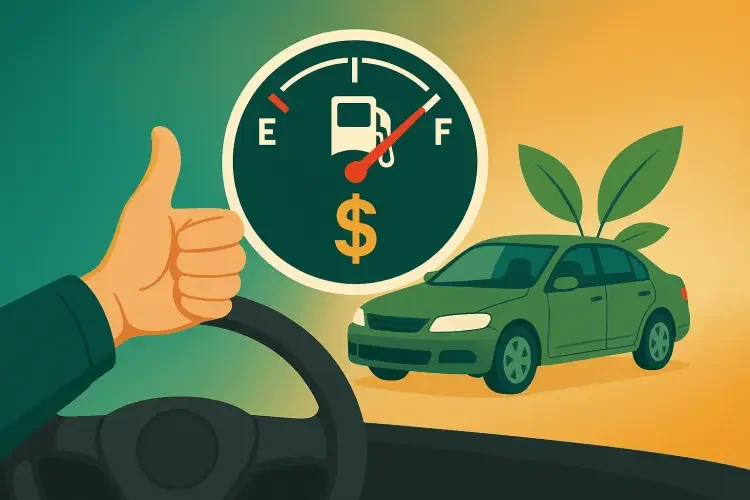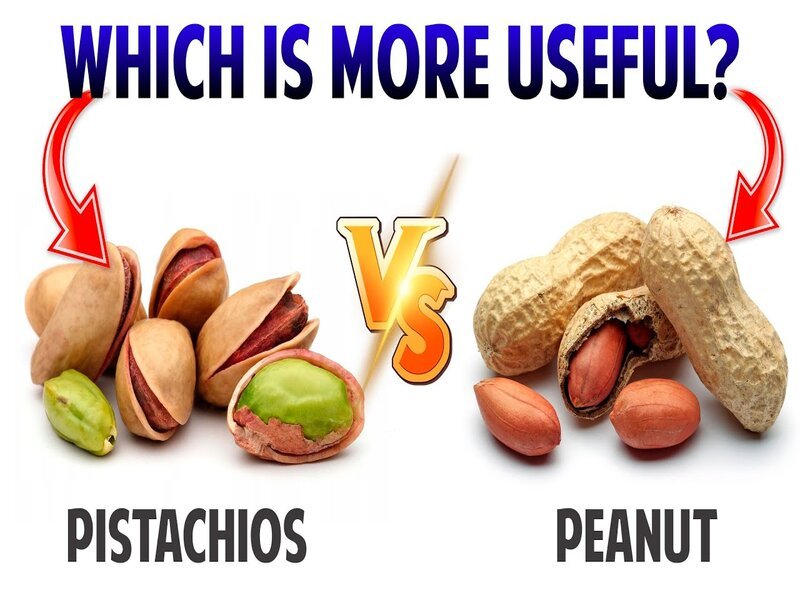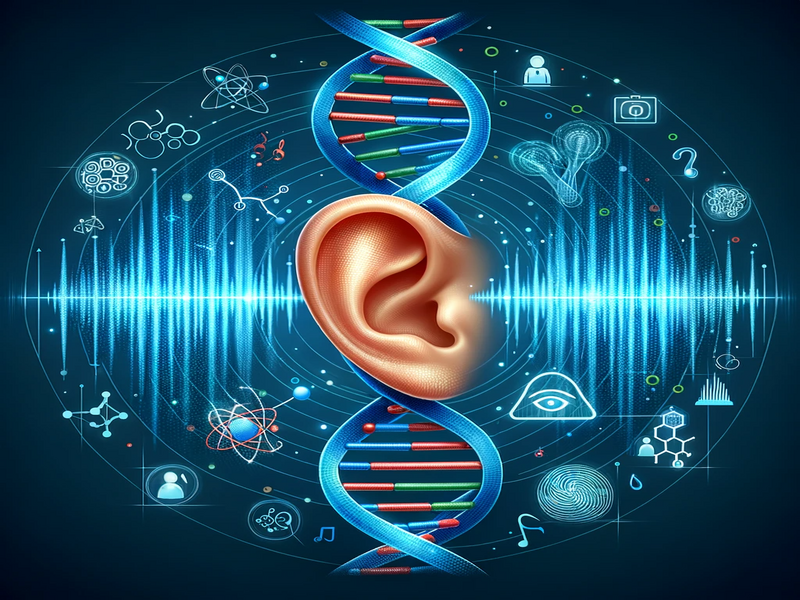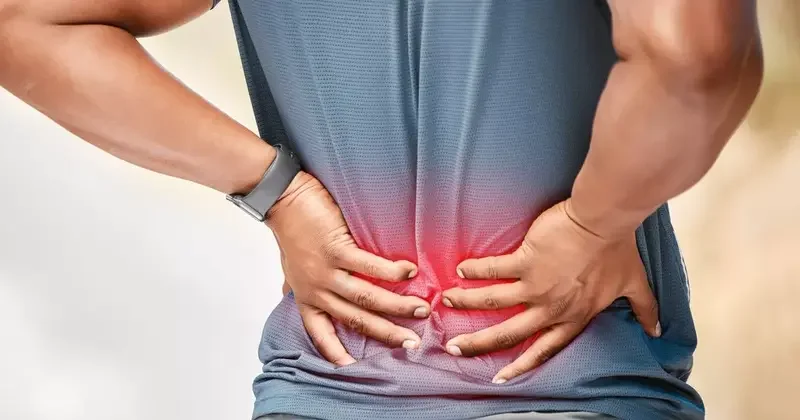When we experience stress, panic, or anxiety, the sympathetic nervous system—responsible for the “fight or flight” response—is activated. This increases heart rate, raises blood pressure, and accelerates breathing, preparing the body to respond to danger. While this reaction is useful in real emergencies, chronic or frequent activation can lead to feelings of tension, overwhelm, or mental fatigue.
A surprisingly simple way to counteract this response is by applying something cold—like an ice pack, cold towel, or cold water—on key areas of the body such as the neck, under the arms, or even the upper chest. The rapid cooling stimulates the vagus nerve, a critical component of the parasympathetic nervous system, which controls “rest and digest” functions. When the vagus nerve is activated, it sends signals to the heart to slow down, to the lungs to regulate breathing, and to muscles to relax. Essentially, it flips a biological switch that shifts the body from a stress state to a recovery state.
Within seconds, people often notice their breathing becomes deeper and more regular, the pounding of their heart slows, and muscles that were tense start to loosen. This immediate physiological effect can also reduce the subjective feeling of panic or anxiety. It’s like a natural reset for the nervous system.
Additionally, cold exposure stimulates the release of norepinephrine, a neurotransmitter and hormone associated with attention, alertness, and mood regulation. Higher levels of norepinephrine not only enhance focus but also improve emotional resilience, helping the brain manage stress more effectively. This is why controlled cold exposure—through cold showers, ice baths, or brief applications of ice—is often used in resilience training, sports recovery, and mental health routines.
Importantly, this method is safe, natural, and medication-free. It taps into the body’s built-in systems for balance and calm, showing that small environmental interventions—like a sudden chill—can have a profound effect on physiology and mental state.
In summary, applying cold to specific parts of the body during moments of stress activates the parasympathetic nervous system, slows the heart rate, steadies breathing, relaxes muscles, and boosts mood and focus. It’s a fast, natural, and effective strategy for managing stress, panic, or anxiety without relying on external substances.

